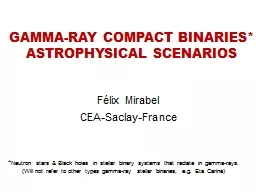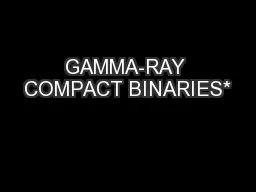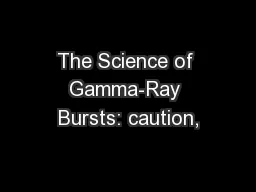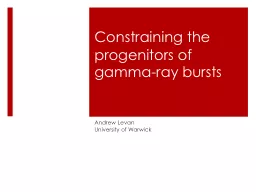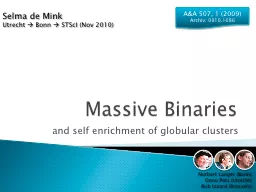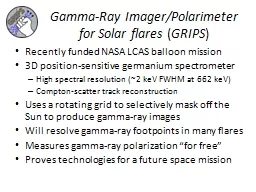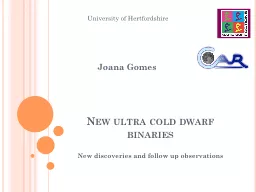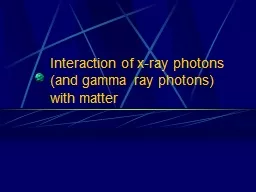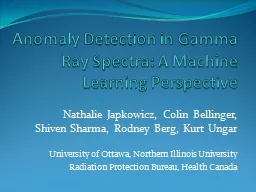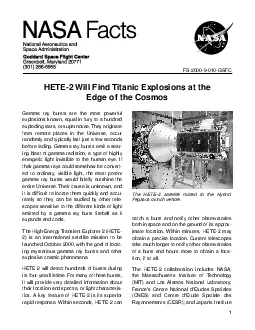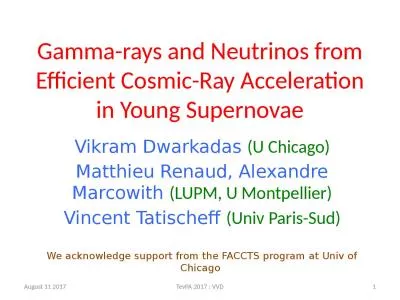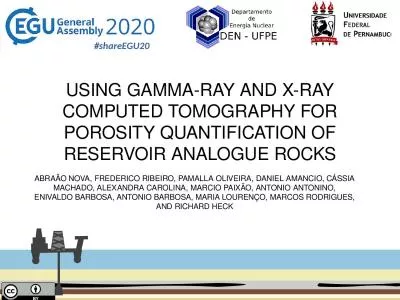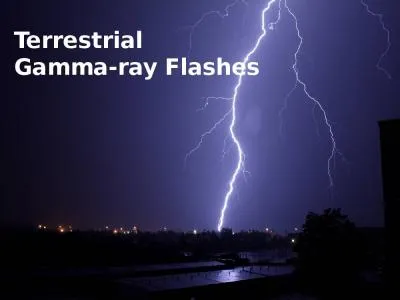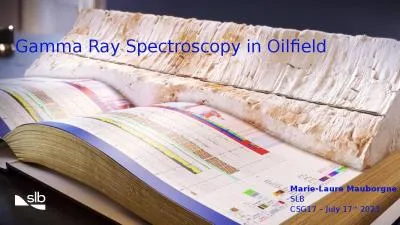PPT-GAMMA-RAY COMPACT BINARIES*
Author : celsa-spraggs | Published Date : 2015-12-06
ASTROPHYSICAL SCENARIOS Félix Mirabel CEASaclayFrance Neutron stars amp Black holes in stellar binary systems that radiate in gammarays Will not refer
Presentation Embed Code
Download Presentation
Download Presentation The PPT/PDF document "GAMMA-RAY COMPACT BINARIES*" is the property of its rightful owner. Permission is granted to download and print the materials on this website for personal, non-commercial use only, and to display it on your personal computer provided you do not modify the materials and that you retain all copyright notices contained in the materials. By downloading content from our website, you accept the terms of this agreement.
GAMMA-RAY COMPACT BINARIES*: Transcript
Download Rules Of Document
"GAMMA-RAY COMPACT BINARIES*"The content belongs to its owner. You may download and print it for personal use, without modification, and keep all copyright notices. By downloading, you agree to these terms.
Related Documents

